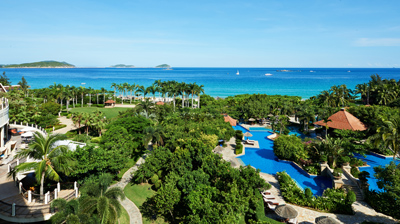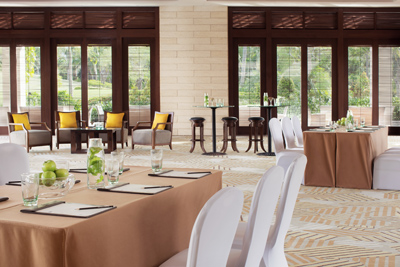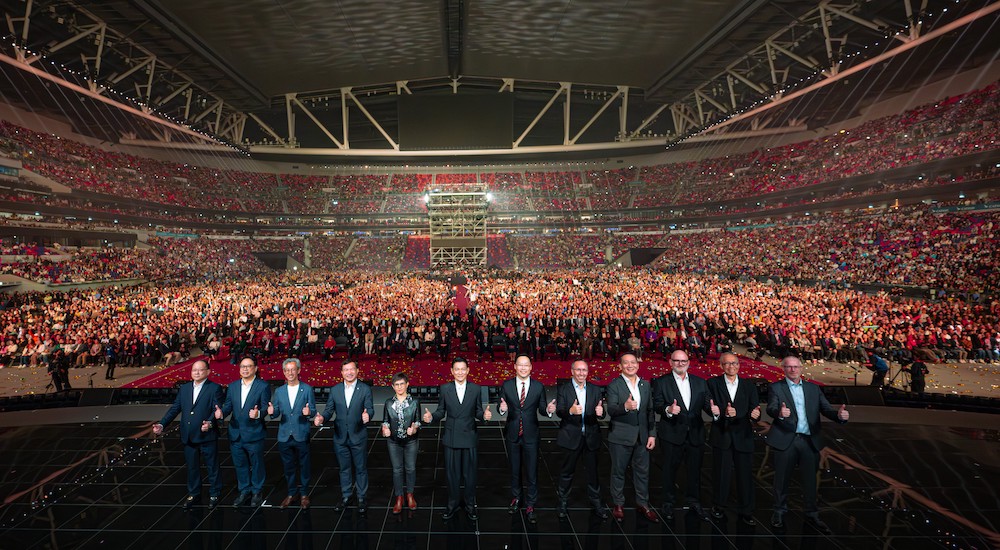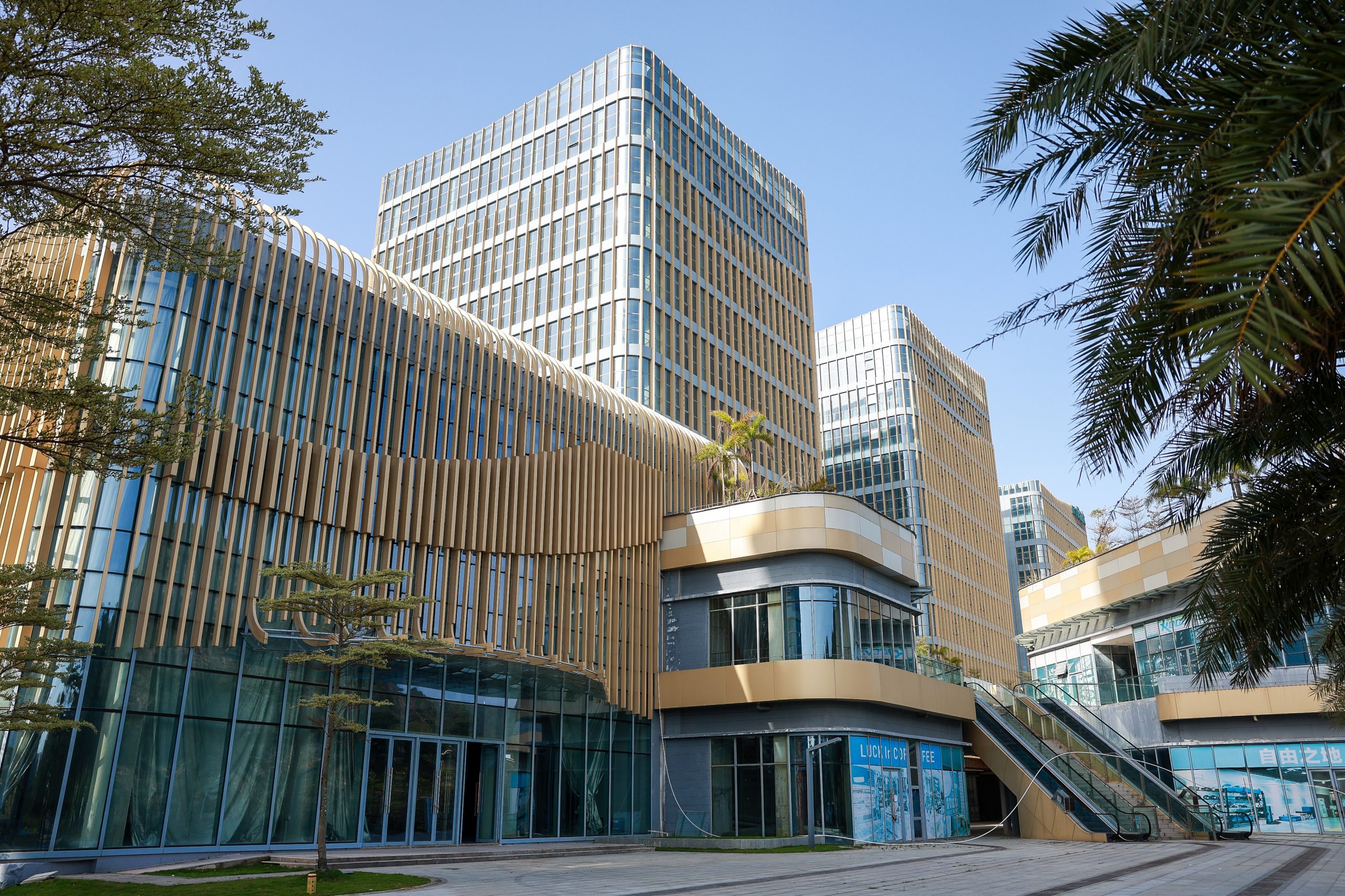
It all looks so easy, with brochure photographs selling a rosy picture postcard summary of a hotel’s external facilities. But there are many factors that impact both the amount of space available for external facilities and the use it can be put to.
Canadian architect Jeff Gagnon knows only too well of the technical and practical constraints when designing external event facilities. Gagnon has worked as an architect in Asia for 22 years, with recently completed assignments as a senior associate at Research, Architecture, Design (RAD) including the 250-key Vivanta Hotel for Taj-Dwarka in New Delhi, and 66-room boutique Xixi Hotel in Hangzhou. He also contributed to drawings and designs for W hotels in Beijing, Hangzhou, Chengdu and Guangzhou.
Taj group
Although the Taj group highlights the Vivanta’s “lushly landscaped lawns”, the hotel is primarily urban, close to the airport and Gurgaon business district. For Gagnon, this project presented the perfect example of topographical and practical constraints on the use of outside areas.
 “There was a large property outside the hotel, and the landscaping was done in conjunction with [landscape architects] ACLA,” he says. “But external spaces were not emphasised because of the climate.
“There was a large property outside the hotel, and the landscaping was done in conjunction with [landscape architects] ACLA,” he says. “But external spaces were not emphasised because of the climate.
“However, we allowed for spaces that were enclosed, both internal and external. The Indian restaurant, for example, has an alfresco dining area.” He adds that his clients generally prioritise “the pool, the terrace, and food and beverage areas” where outside spaces are concerned.
Taipei
Many urban hotels make the best of their limited external areas. The Grand Victoria Hotel in the Chungshan district of Taipei, for example, makes creative use of the space available, while reinforcing Gagnon’s point about pool and F&B use.
General manager Richard Lu is proud of his relatively small garden areas, 198 sqm on the first floor and 428 sqm on the fourth, complementing the hotel’s fusion of classic Victorian and modern architecture.
“Located on the first floor, the outdoor garden area features a variety of foliage and flowers that suit wedding parties, fashion shows and events of that kind,” Lu says, adding that poolside greenery also provides a distinctive setting.
In the Xinyi financial district of the Taiwan capital, W Taipei’s outdoor pool area – called the WET Deck – hosts a skating rink during the winter, enabling the property to extend its open-air events through most of the year.
Sanya
The Sanya Marriott Yalong Bay Resort, China’s first Marriott resort, has a 10-hectare tropical garden (main image, top) maintained by 20 gardeners, outdoor fountain square and multifunction room in a tropical landscape setting, designed by Singapore-based Wilson and Associates.

“Plenty of meetings and activities are hosted outdoors, this is what Sanya is famous for,” says resort general manager Edmund Ko. “Recently, Samsung hosted a meeting for more than 600 people on the beach lawn. The set-up included a presentation area and numerous specially created outdoor breakout areas.
“Porsche successfully organised a new car launch event on the 450-metre white sand beach. They actually drove the new SUVs on to the beach. Access is important and so is flexibility and the ability to respond to requests.”
Marquee events
But Gagnon says that even resorts and rural hotels in favourable climates have land limitations imposed on them. “Car launches, marquee events… you’re talking about large areas of land,” he says. Brand image and design dreams may be high on the agenda when it comes to planning the use of outside areas, “but practical considerations come first”.
“There are restrictions. Restrictions about what you can put on the land and how much of it you can use for buildings, for example,” he says. “Then there are roads, parking ramps, drop-offs – especially bus drop-offs that need a lot of room – infrastructure, such as diesel-electric generators, and emergency vehicle access – firetrucks need a lot of turning space. There are many elements that have to go on a site, and quickly fill it up.”
Burma star
Although an urban hotel, the Sedona in downtown Yangon, Myanmar, has won more awards for its outside greenery than many of its rural counterparts.

One of the first international five-star hotels in the city, the 797-room Sedona won a Building and Construction Authority of Singapore (BCA) Green Mark Gold award in 2014 for its green plot ratio, and its new Inya Wing, designed by Singapore-based Forum Architects and opened in October last year, has separately been awarded Green Mark Gold certification.
 Green-plot ratio is a measure of the amount of greenery covered by plants, trees, shrubs and grass turfing taking into account 3D volume, and the result at the Sedona is a pleasing mix of lush greenery and exotic plants.
Green-plot ratio is a measure of the amount of greenery covered by plants, trees, shrubs and grass turfing taking into account 3D volume, and the result at the Sedona is a pleasing mix of lush greenery and exotic plants.
“During design conception, the projects team and architect discussed optimal use of space, as well as designing a building which would add to Yangon’s skyline in an aesthetically pleasing manner,” says general manager Mok Mok Meng.
“The split-level outdoor pool area of 1,000 sqm includes various intimate zones for more than one group event at the same time,” he says. “The outdoor pool area has a capacity of up to 450 people plus another 200 on the environmental deck, making the hotel one of the largest outdoor meeting venues in Yangon.”


